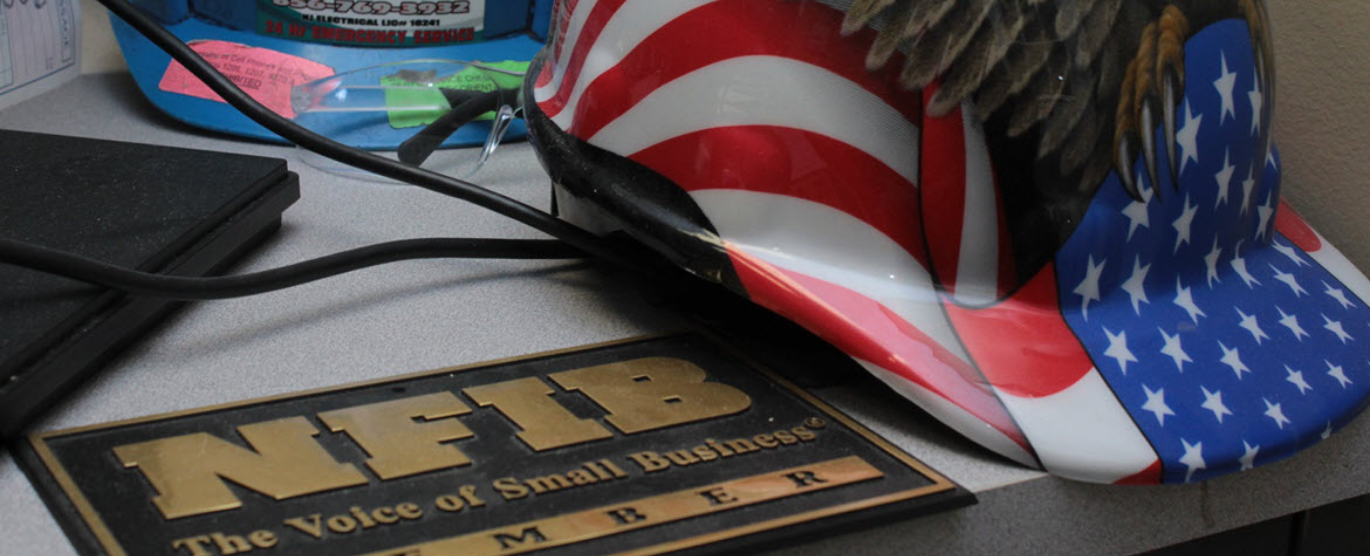In today’s modern home, there are more electrical devices than ever. And that also means that you have more electrical cords running through your house than ever.
Add in cable TV cords, old-fashioned land-line phone cords, and computer cables, and your house might look like it has been tied down by cords. Not only do they break up the décor, but electrical cords are also notorious dust catchers that most people forget to dust (and who wants to dust their electrical cords anyway?).
Electrical cords can also pose a safety hazard if they run along floors, causing people to trip on them. And for homes with small children, cords hanging from tables and shelves can be easily pulled by small hands bringing lamps, appliances and electrical devices crashing down.
In a nutshell, excess electrical and other cords are unattractive, dusty and at times unsafe.
Fortunately, there are ways to hide electrical cords and a number of products on the market to keep you safely from getting tangled in your cords.
The first step, however, may be to simply try and minimize your cords in the first place. If you are running extension cords through your home to plug things into a single outlet, you may want to consider adding more outlets and electrical lines to your home. If the lamp in the dark corner has a 20-foot cord to reach the nearest outlet, that dark corner could probably use a new outlet.
Outlets can also be installed under the floor, such as at a desk with multiple devices such as computers and printers. However, before choosing this option, make sure the outlet will be safely out of the way of foot traffic – not to mention your feet while sitting at the desk – and installed by trained professionals. If you have small children, you’ll want to ensure the outlets are tamper resistant and have a rubber outlet cover in place when not in use.
There are also a lot of options for adding permanent lighting fixtures to your home. Instead of using reading lamps at a desk space, for example, consider a recessed ceiling fixture or wall fixture to bring up ambient light.
Extra task lighting can also be installed in all work areas including the kitchen, bathroom, and utility rooms.
Eric Krise Electrical Contractors can help you design the perfect lighting scheme for your home.
Even with a good lighting scheme, you’ll use lamps to light your home and you’ll still have cable TV and computer cords to deal with.
First, never use tacks, nails, or staples to secure wires. Puncturing the cord’s insulation can lead to shock and fire risks.
The most common problem with electrical cords are those that have to be run along a floor. Many people make the mistake of hiding these cords under area rugs or even carpeting. This can still create a tripping hazard for thicker cords, but the biggest safety problem is that you can’t see the cords. If they become damaged when furniture is moved or snagged, you may not even realize it.
Frayed cords under a rug are a fire hazard. We strongly recommend that you use a rubber floor runner to cover any cords running along a floor, especially if it is running across a high traffic area or door entryway. These not only protect you from tripping, but protect the cords from getting snagged and frayed.
In fact, there is a whole line of cord cover products available to help cover and disguise cords. A number of cord covers and clips are available to use furniture as a means of hiding unsightly cords. These clips can help you run cords down table legs or keep excess cords clipped to the back of a table or other piece of furniture.
The covers are like small duct work tubes – often made of PVC – and many are paintable. They can be run along floor molding or on walls and furniture. They also come in a variety of sizes, with larger more rectangular shapes for handling several wires at once from a home entertainment system, for example. There are also small housings that can be installed to keep excess cord tucked away neatly.
One note, we advise against running electrical cords next to signal cords for TVs and computers because they might create some interference on the device. Simply divide the wires and cables into different cord covers.
In the end, you have a lot of options to make your home look cord free without giving up being wired in.
Do you live in Gloucester County and have questions about the safety of your electrical system? Give us a call at 856.769.3932.




